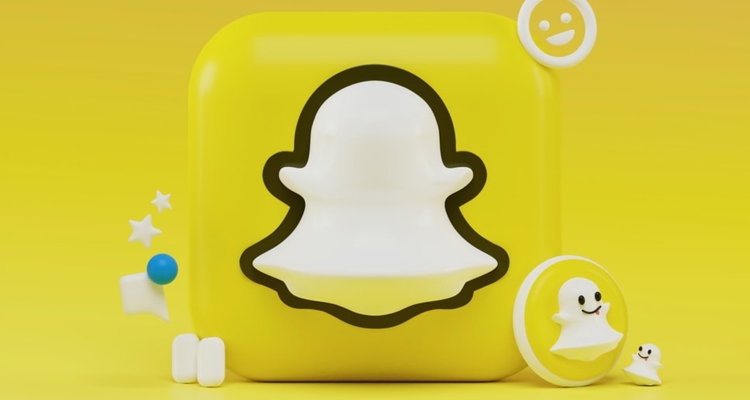Photo Credit: Alexander Shatov
Snapchat achieved an 18 percent year-over-year jump in daily active users during Q1 2022 – the first full quarter in which it’s had licensing deals in place with each of the Big Three labels – as an average of 332 million individuals utilized the app.
Snap Inc. (NYSE: SNAP) revealed this and a number of other interesting performance specifics in a breakdown of its results for January, February, and March of 2022. For reference, Snapchat enabled users to equip their Snaps with music (via “Sounds On Snapchat”) back in October of 2020.
DistroKid started offering its indie artists Snapchat distribution in March of 2021, and November of the same year saw the final Big Three record label, Sony Music, join Universal Music, Warner Music, and Merlin in closing a licensing deal with Snap. More recently, Live Nation’s Ticketmaster in February of 2022 launched a concert-discovery feature on the app.
Bearing in mind Snapchat’s long-growing embrace of and emphasis upon the music space, the aforementioned 332 million daily active users (DAUs) consisted of 98 million residents in North America (up five percent YoY), 84 million individuals in Europe (up 10 percent YoY), and 150 million persons from Rest of World (up 36 percent YoY).
Notably, Snapchat’s North America average revenue per DAU came out to $7.77 (an improvement of 31 percent from Q1 2021), $1.93 for Europe (up 30 percent), and $0.95 for Rest of World (up two percent). And on the revenue front, the platform generated $1.063 billion in Q1 2022, a 38 percent YoY increase.
Regarding Snapchat’s usership details and augmented-reality offerings – as part of UMG’s “expansive multifaceted global agreement” with Snap, the companies are coordinating on AR initiatives – an average of 250 million individuals “engaged with augmented reality every day” during the quarter, per higher-ups. Meanwhile, Snapchat regulars age 25 and older spent 25 percent more time (against Q1 2021, that is) “engaging with shows and publisher content.”
TechCrunch has pointed out that Snapchat’s growth rate is faster than that of Facebook (which reported its first DAU dip during Q4 2021) and Twitter, and especially given the coming summer concert season, it’ll be worth following the point’s significance on the music side.
Elsewhere in the social-media sphere, TikTok in March rolled out its own music marketing and distribution service, and it came to light two weeks back that Spotify was testing a TikTok-like discovery feed on Canvas. Additionally, TikTok’s ByteDance parent has thrown its hat into the music-streaming ring in China with a beta of Qishui Yinyue, which reportedly has over 10 million tracks.

